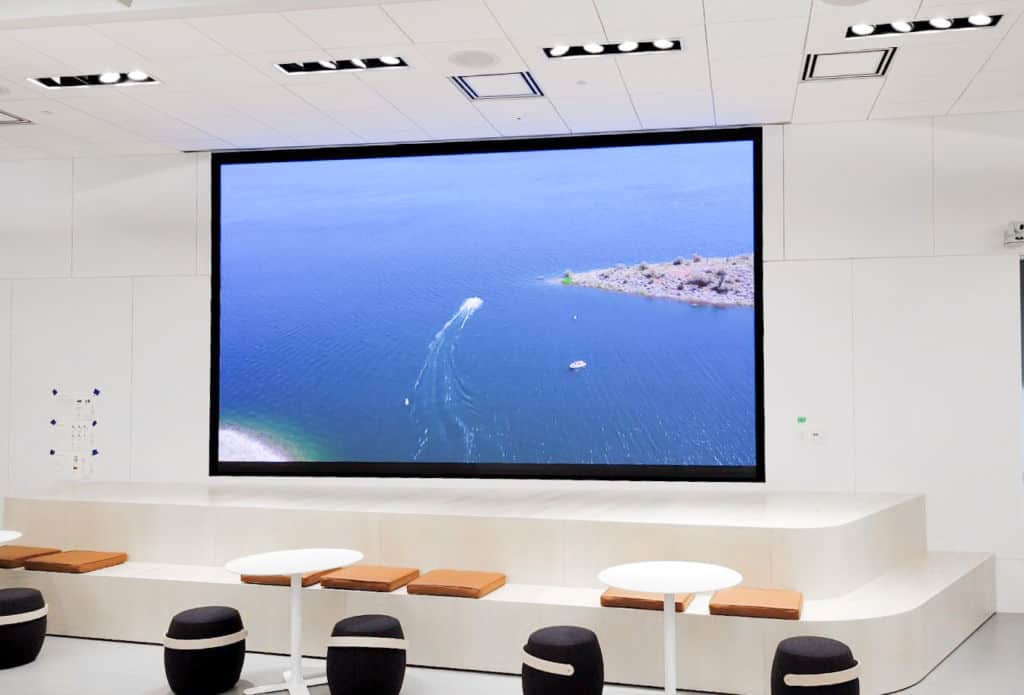Exploring the Wide-ranging Connectivity Solutions Available for LED Display Panels
Exploring the Wide-ranging Connectivity Solutions Available for LED Display Panels
Blog Article
LED display units have gained traction for their capacity to deliver high-quality visuals in various settings, from corporate environments to event venues. One of the primary aspects of these panels is their connectivity options, which allow users to connect them to multiple devices and systems. Comprehending the broad connectivity options available for LED wall panels is essential for enhancing their use and effectiveness. This discussion details these options, highlighting how they can cater to various needs and preferences.
One frequent interface method for Light Emitting Diode wall panels is High-Definition Multimedia Interface. HDMI is broadly known for transmitting crisp video and audio streams between devices. This interface type is especially useful in business environments, such as conference rooms or training rooms, where visual content or video content are often shared. By using digital connectors, operators can seamlessly link laptops, projectors, and streaming devices to Light Emitting Diode wall panels, ensuring a sharp and vibrant display of media.
Another commonly used connectivity method is DisplayPort, which is similar to High-Definition Multimedia Interface but offers additional advantages. Display Port can support elevated refresh rates and resolutions, making it an excellent choice for interactive media or graphic-intensive applications. For those using LED wall panels in settings where performance is critical, such as competitive gaming venues or creative workspaces, DisplayPort can provide the necessary visual clarity. Moreover, many modern computers and graphics cards feature Display Port connections, making it a convenient option for technology-oriented users.
In addition to High-Definition Multimedia Interface and Display Port, wireless connectivity methods are becoming progressively prevalent in Light Emitting Diode wall panel solutions. Cable-free connections allow users to share content without the requirement for physical cables, enabling a cleaner and more flexible configuration. Platforms such as Wi-Fi and Bluetooth enable users More from the author to link smartphones, tablets, and laptops directly to LED wall panels without cumbersome wires. This versatility is particularly advantageous in dynamic environments like trade shows or live functions, where rapid changes to displays are often needed.
For larger deployments or more intricate configurations, network connectivity through Ethernet is another viable solution. Wired links provide a consistent and reliable way to connect multiple LED wall panels within a system. This approach is suitable for electronic display applications found in shopping malls or airports, where numerous panels may need to present coordinated content across a wide area. By using Ethernet cables and routing hardware, operators can guarantee that all connected panels receive uniform data and content efficiently.
Lastly, it's important to consider the future of connectivity with technologies such as Universal Serial Bus-C and Thunderbolt Three. These next-generation interfaces offer enhanced data transfer rates and versatility by allowing one cable to handle both power delivery and data transmission. As more devices adopt these protocols, LED wall panels equipped with USB-C ports will likely become more prevalent. This shift in integration not only improves the capabilities of Luminescent Diode wall panels but also coincides with the emerging trend of minimalistic design in hardware arrangements by reducing the number of cables needed.
In conclusion, examining the broad interface methods accessible for Light Emitting Diode wall panels uncovers many opportunities for operators across multiple industries. From conventional approaches like High-Definition Multimedia Interface and Display Port to contemporary cordless technologies and LAN setups, each pathway serves specific functions suited to distinct needs. Furthermore, next-gen technologies like Universal Serial Bus-C offer further developments in how professionals utilize Luminescent Diode wall panels. By grasping these integration alternatives, individuals can make strategic selections Extra resources that optimize their overall engagement with these multifunctional visual solutions.